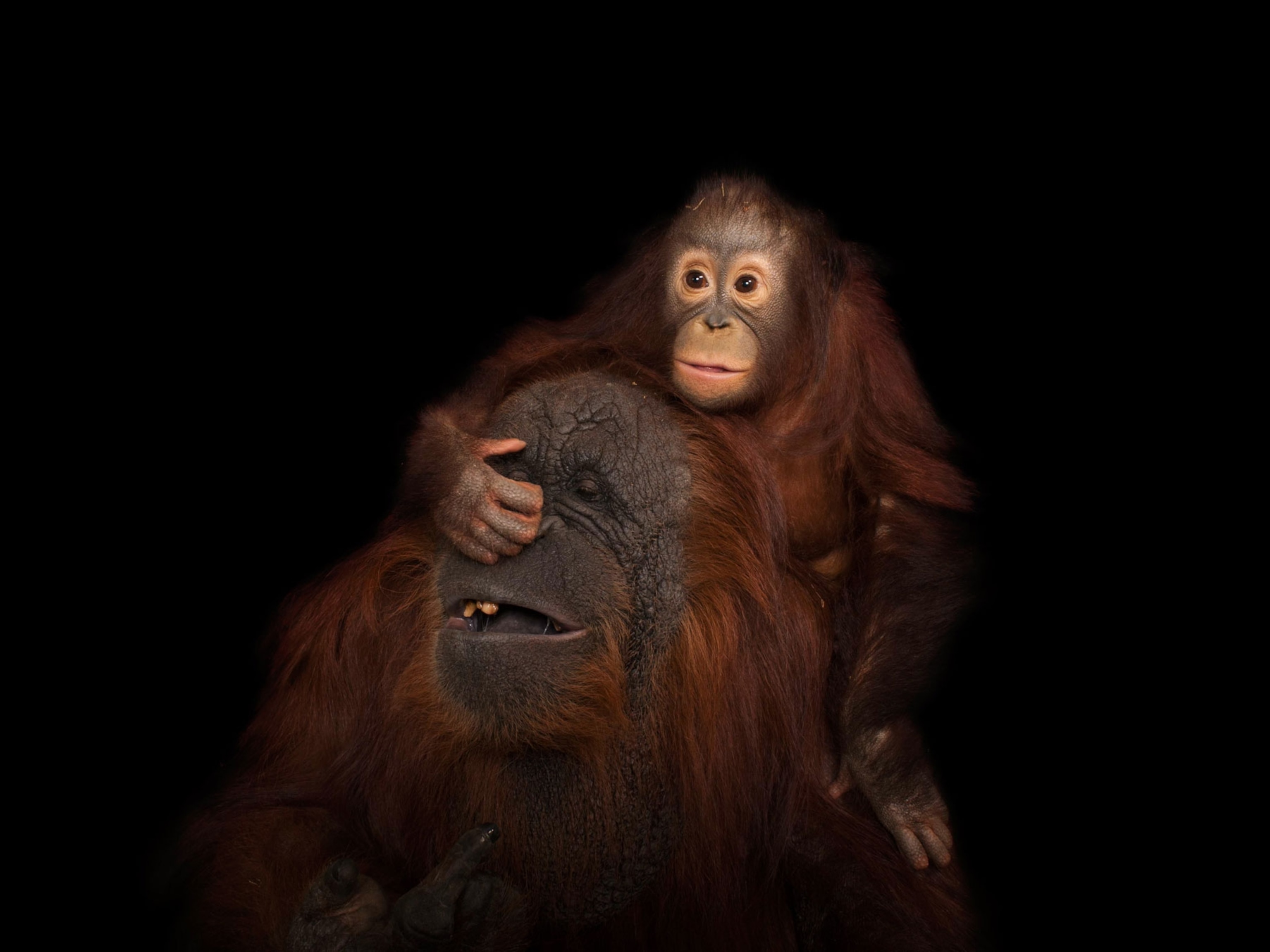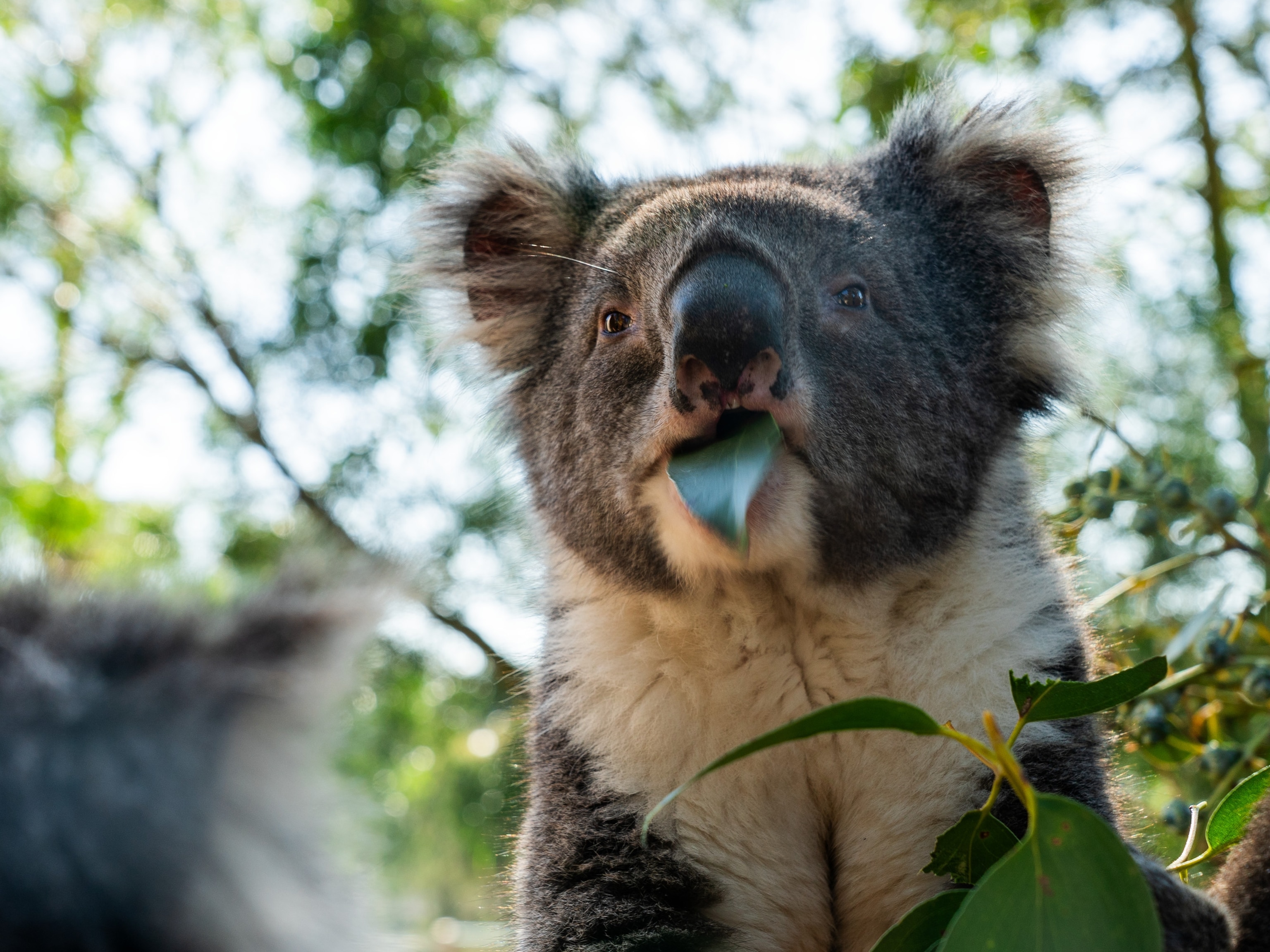Wild Gorilla Cuddles Its Newborn Baby in Rare Video
Gorilla babies are a rare sight, even for researchers who spend all day studying the apes.
Scientists in the Republic of the Congo rainforest captured rare footage of a newborn western lowland gorilla, just a week after it was born.
All day every day, WCS Congo researchers observe the gorillas in Nouabalé-Ndoki National Park, documenting many details of our close relative’s daily lives and behaviors. The normally skittish apes are hard to see in the wild, except for a few populations that have been habituated to the presence of humans. Combined with an average span of four years between births, the chance to glimpse a week-old newborn is extremely uncommon.
The footage will be analysed for any clues that can help researchers better understand the lives of the species.
Hard Lives
It’s not easy being a baby gorilla. Only about one in three make it to adulthood. “Many of the factors that count against baby gorillas are natural hazards linked to their environment, such as predation by leopards—but there is also a significant risk posed by human activities, such as illegal bushmeat hunting,” says WCS Congo Director Mark Gately.
Baby gorillas, defenseless and weighing less than five pounds at birth, spend the first three months of their lives in their mothers’ arms. Once strong enough, they switch to riding on their mothers’ backs for two to three years.
The baby’s parents have been observed for decades by WCS researchers. The mother, Mekome, has had four previous births. The father, Kingo, is a silverback gorilla around 40 years old who has been studied for about 20 years.
“It is very promising to see the group continuing to expand, even though Kingo is now relatively old for an adult male gorilla in the wild,” says Gately.
Western lowland gorillas are listed as critically endangered by the IUCN. About 60 percent of their population lives in the Republic of the Congo, with other sizeable groups in Gabon and Cameroon. Some surveys suggest that 150,000 to 250,000 exist in the wild, but that number is currently being re-evaluated.
Stable Enclave
The gorillas of Nouabalé-Ndoki National Park are generally faring well. Population numbers have remained stable due to protection measures put in place by park managers.
“Since Kingo’s group is also visited by tourists from around the world, they are effectively representing their species to visitors who come to observe them in the wild,” says Gatley.
“This is also why we get so excited about new births, as it means we can ensure that Kingo’s legacy lives on, and he and his offspring remain a flagship for the protection of the site.”





